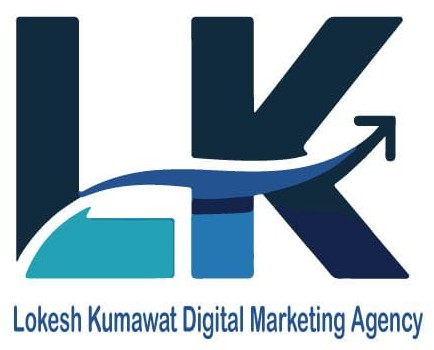

Unlock your Access: How to Use a Hashtag Effectively on Social Media
I’m a 20 year-old freelance product designer from Los Angeles, City in California. specialised in designing digital products like website, mobile & desktop apps and more. i’ve worked with really great clients all over the world.
interested in working with me as well?

